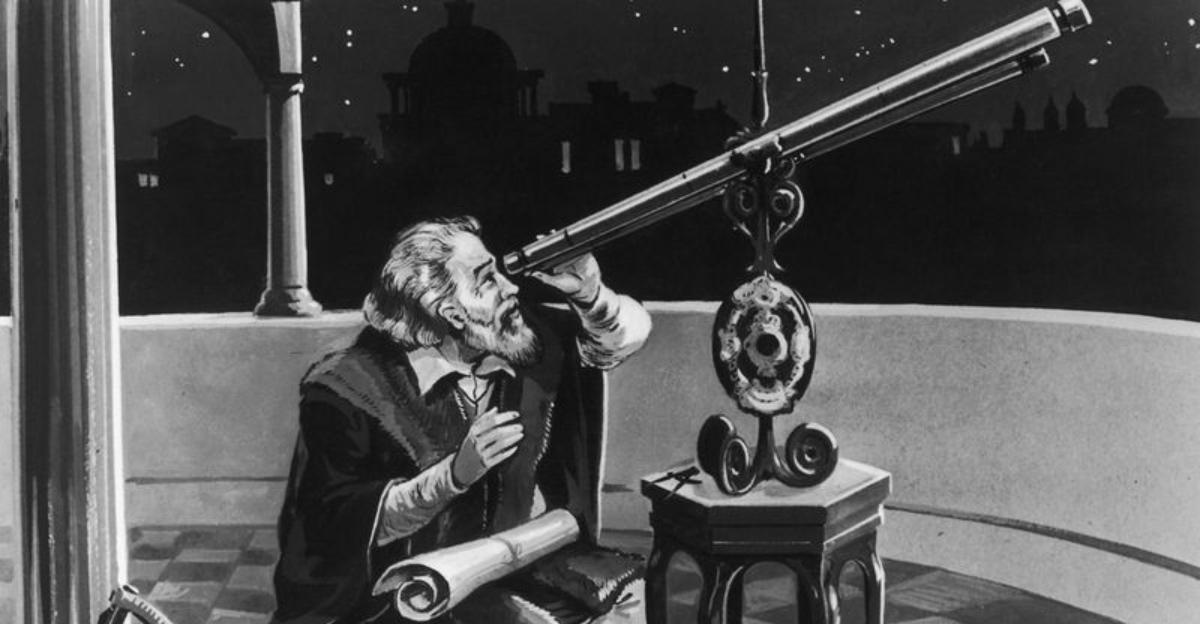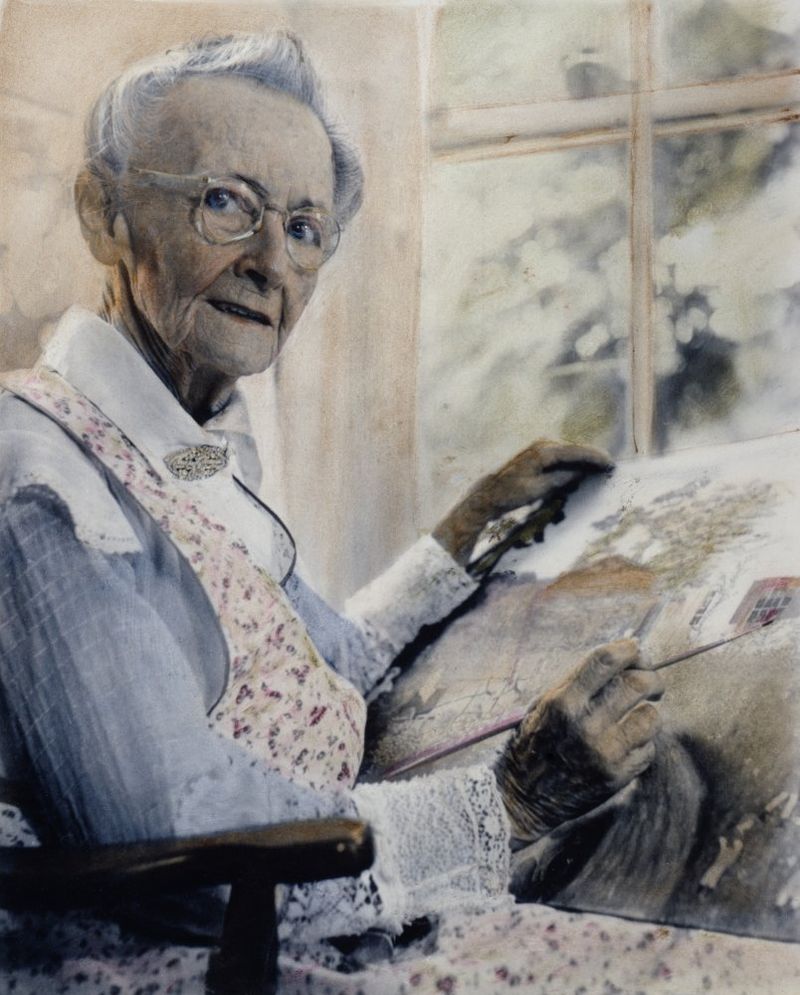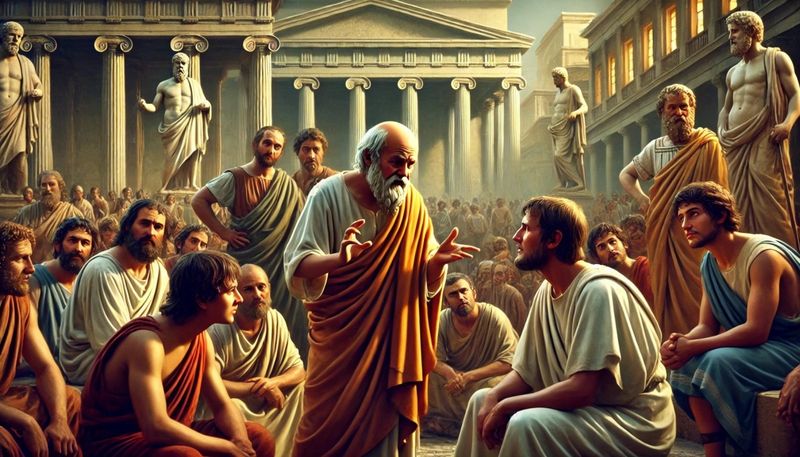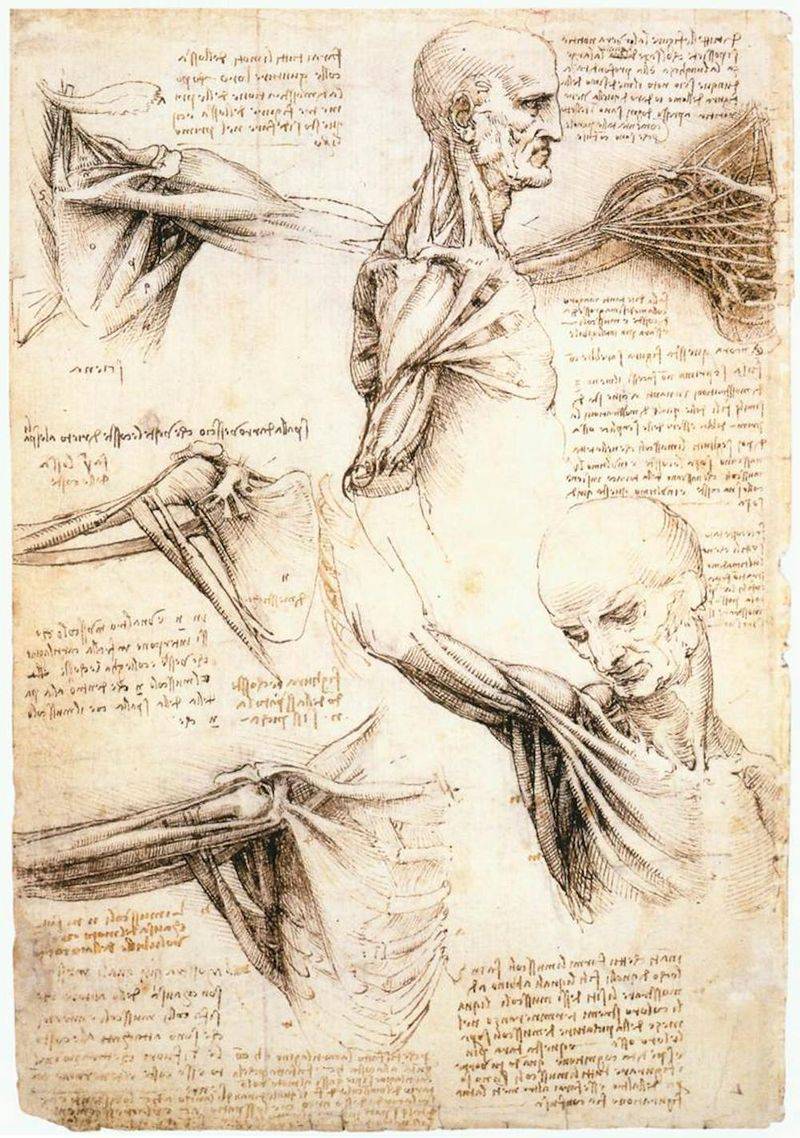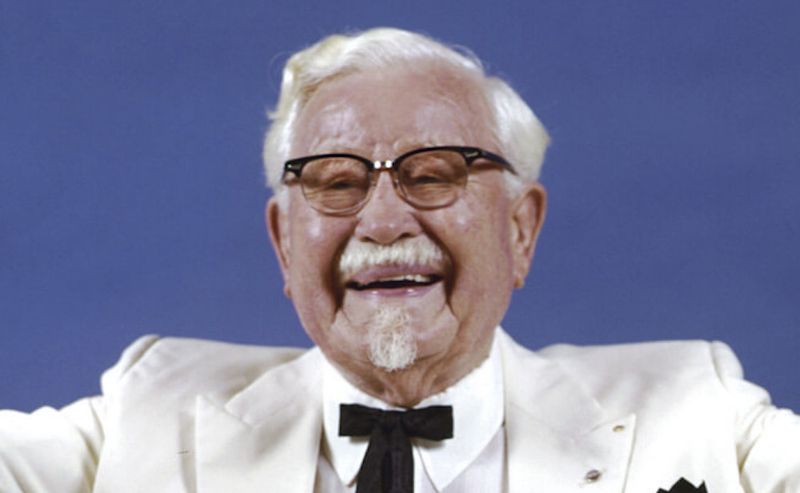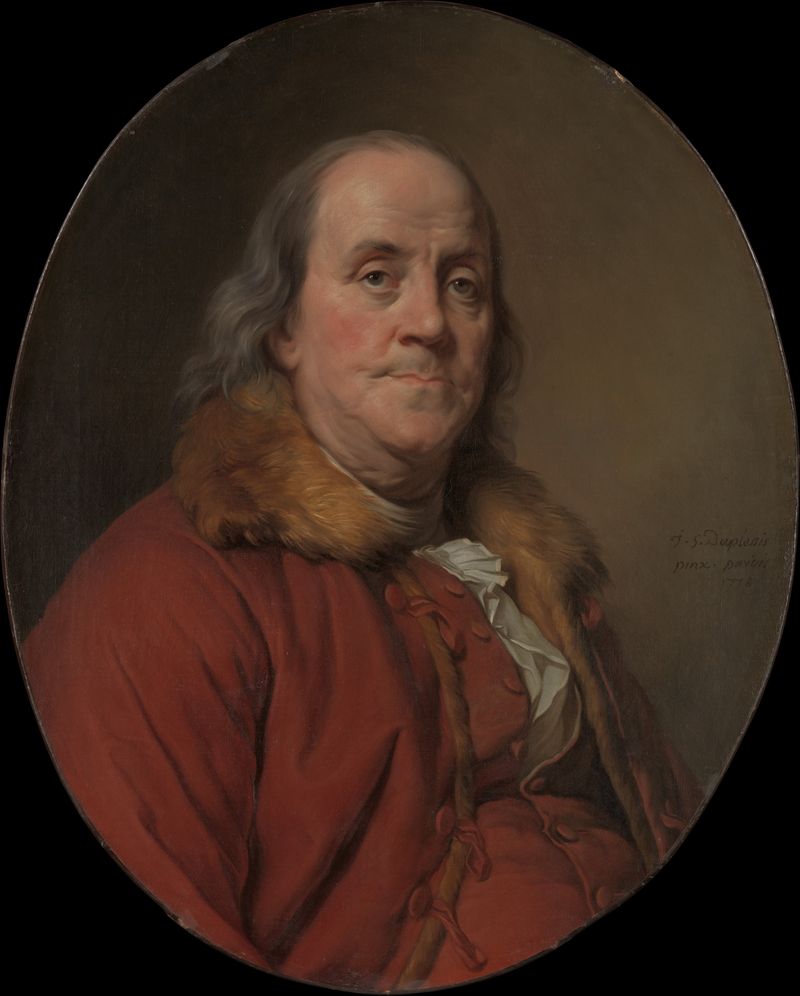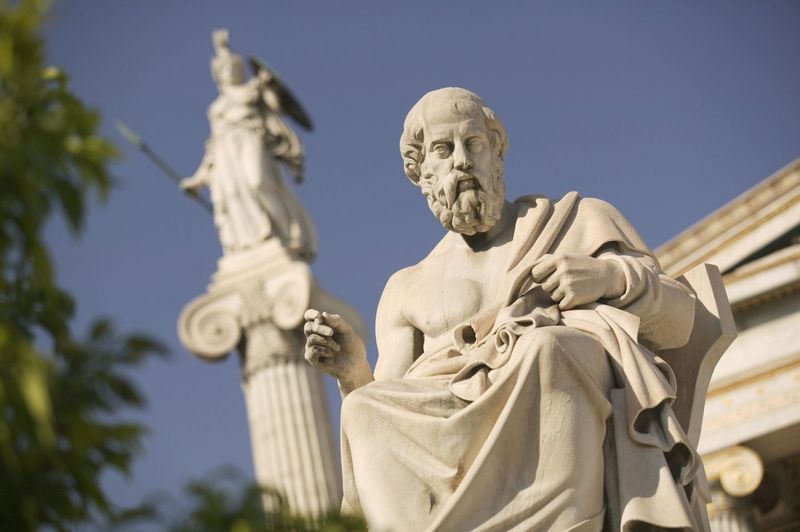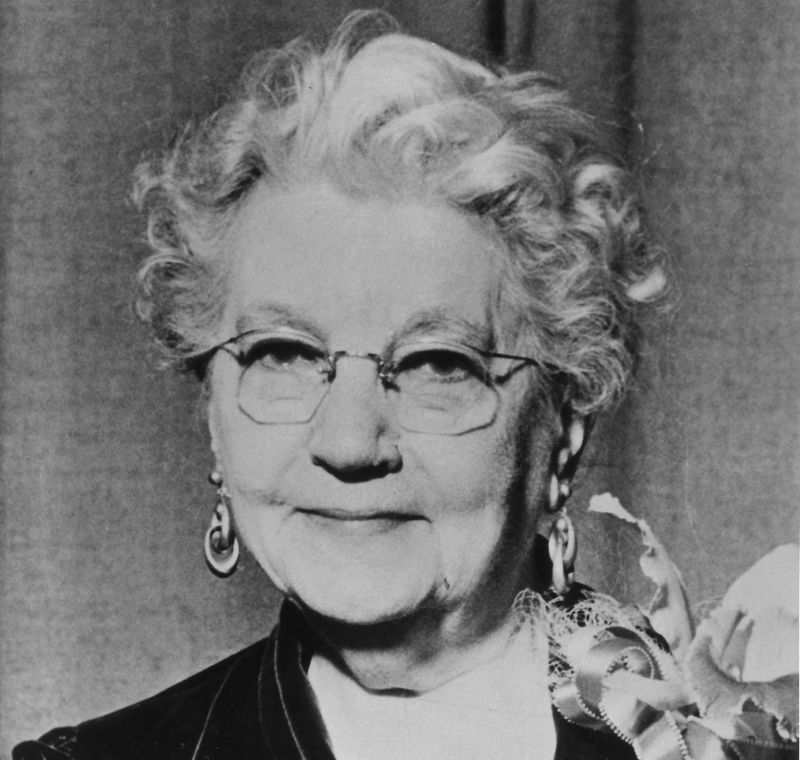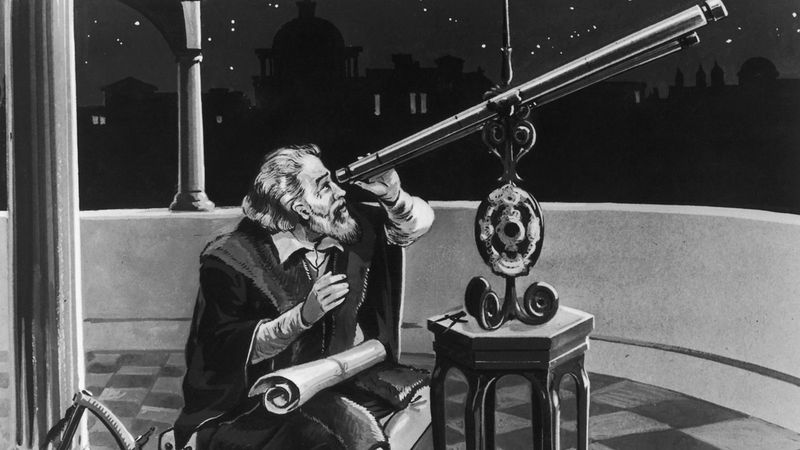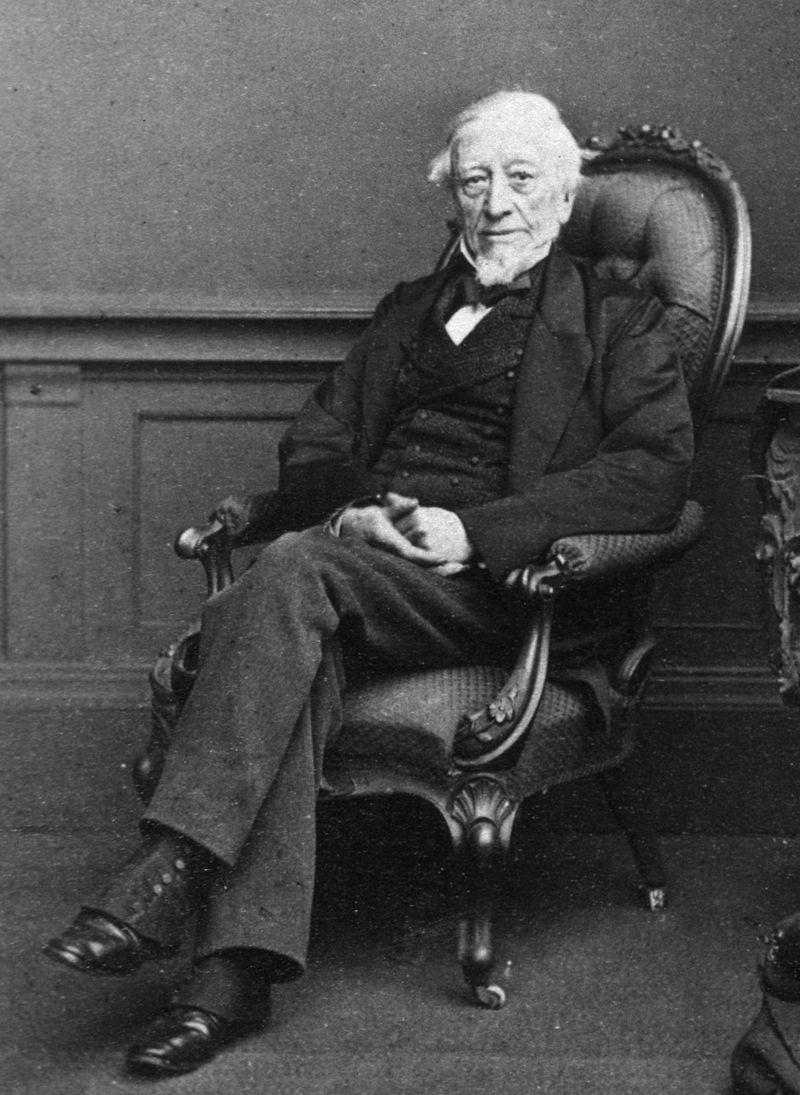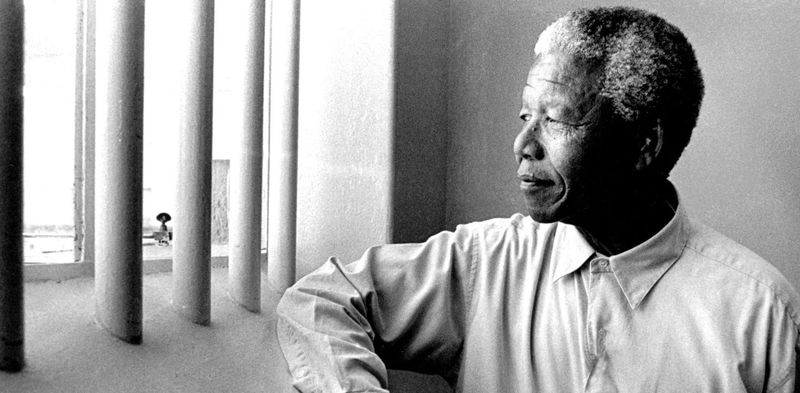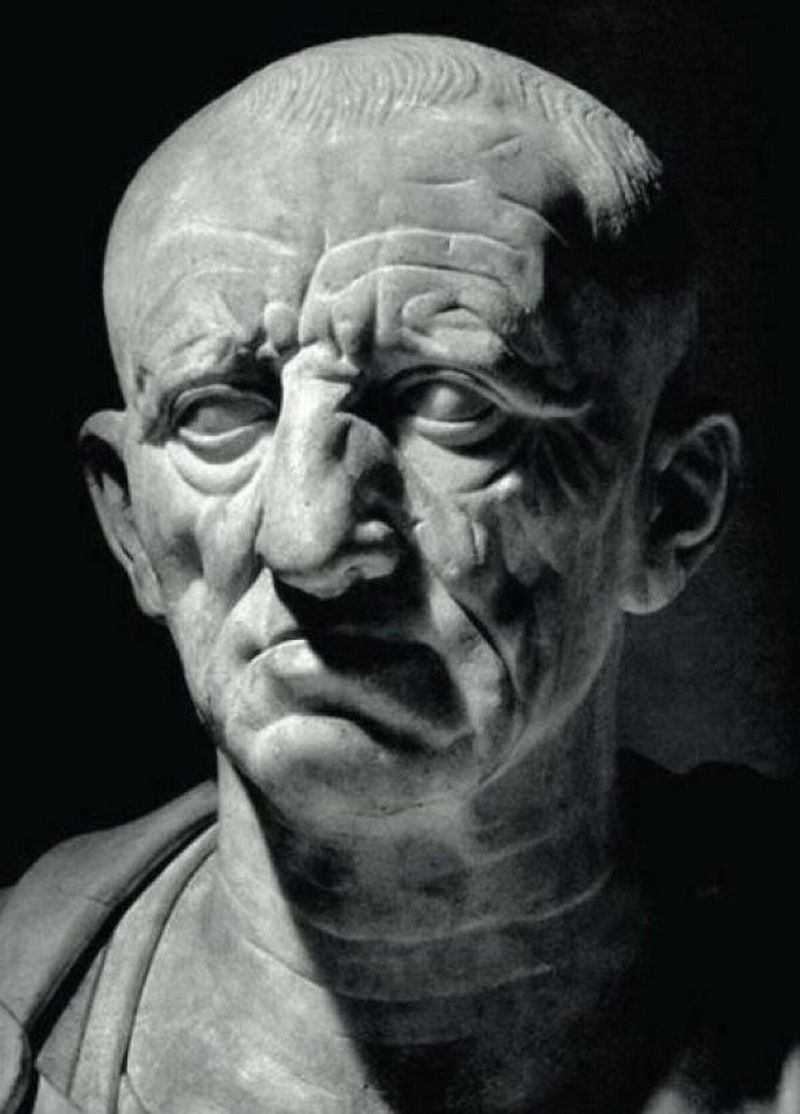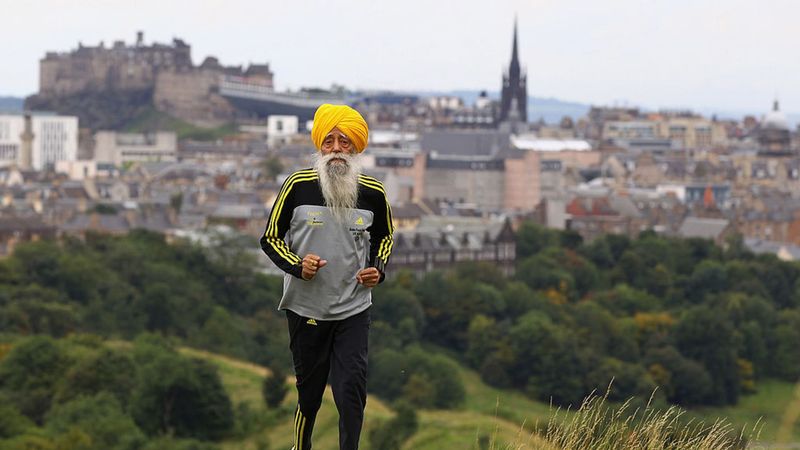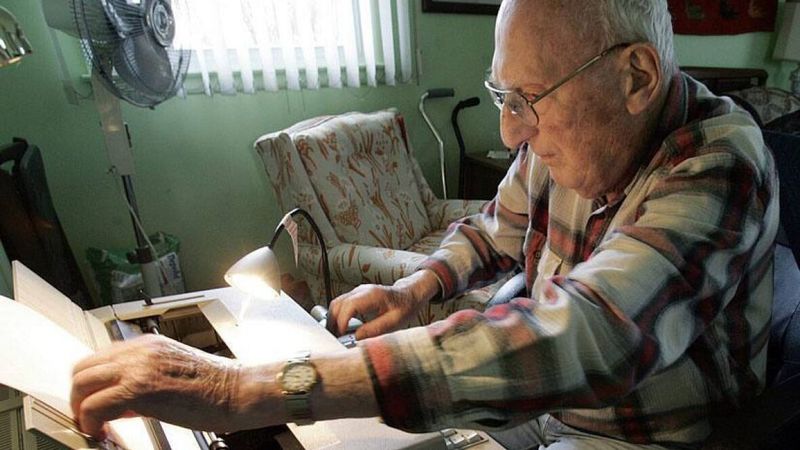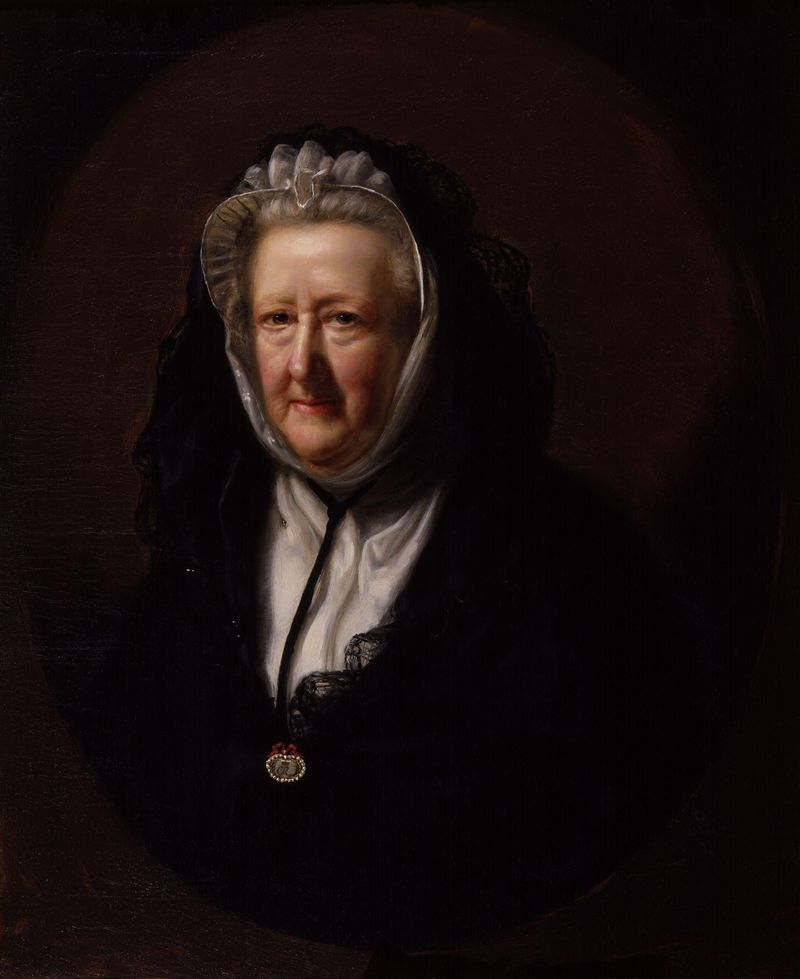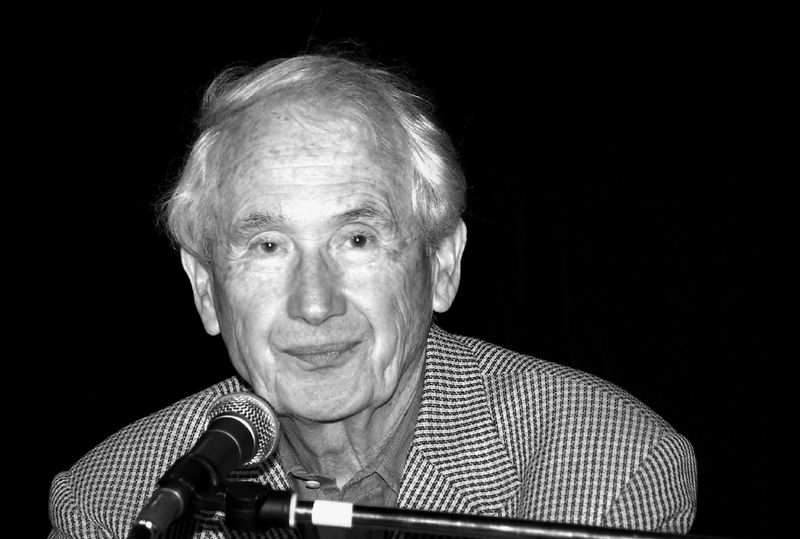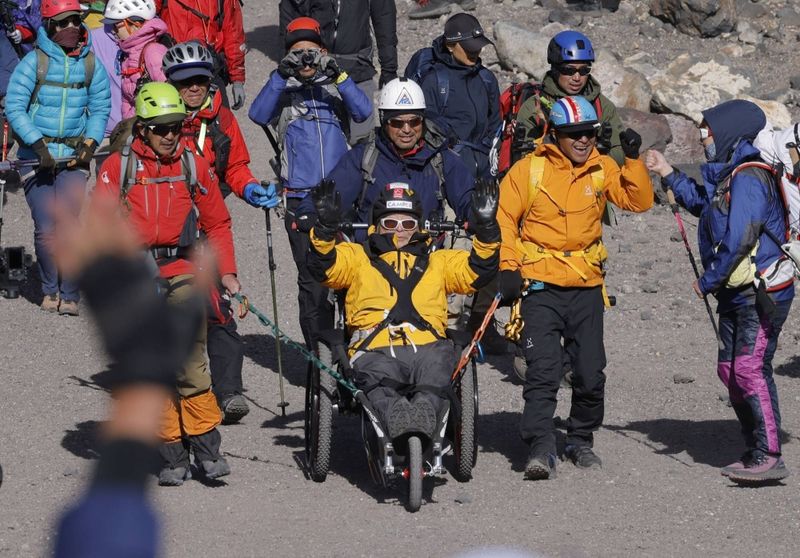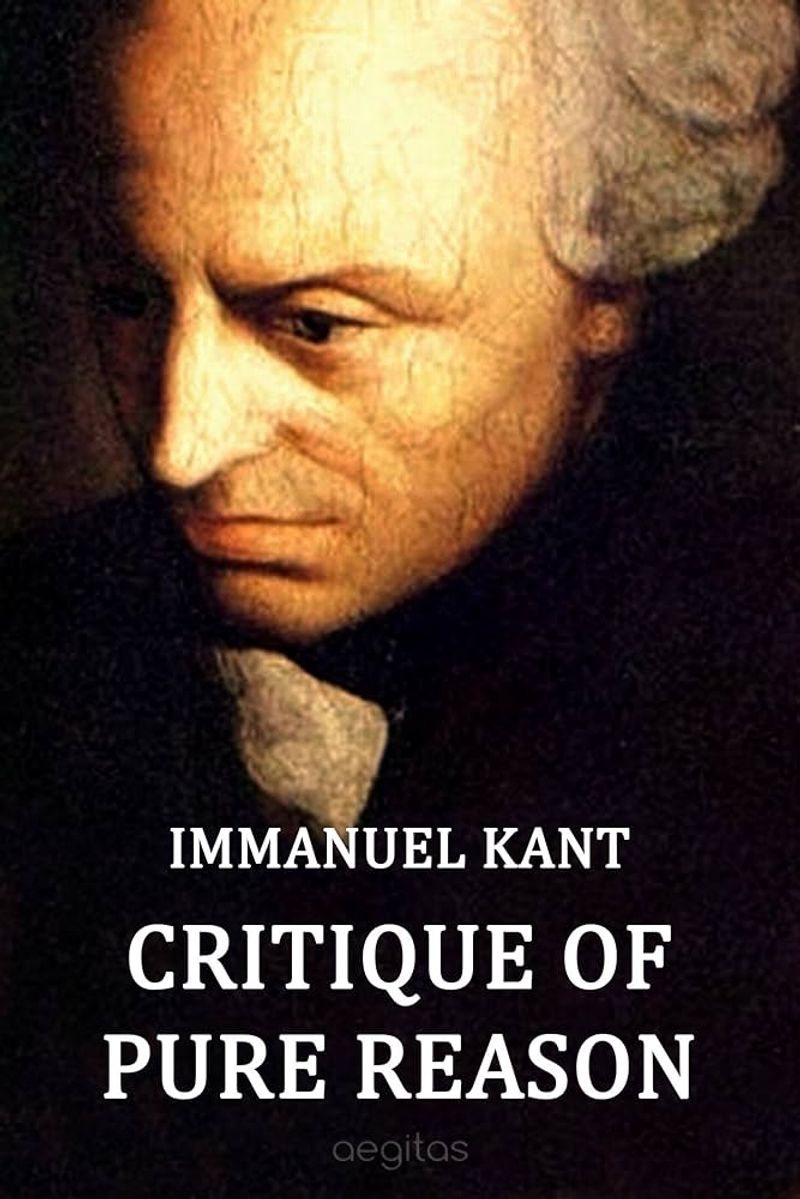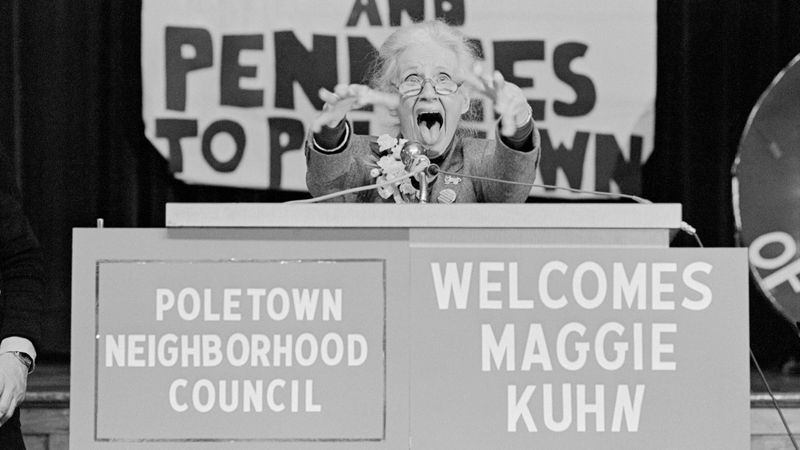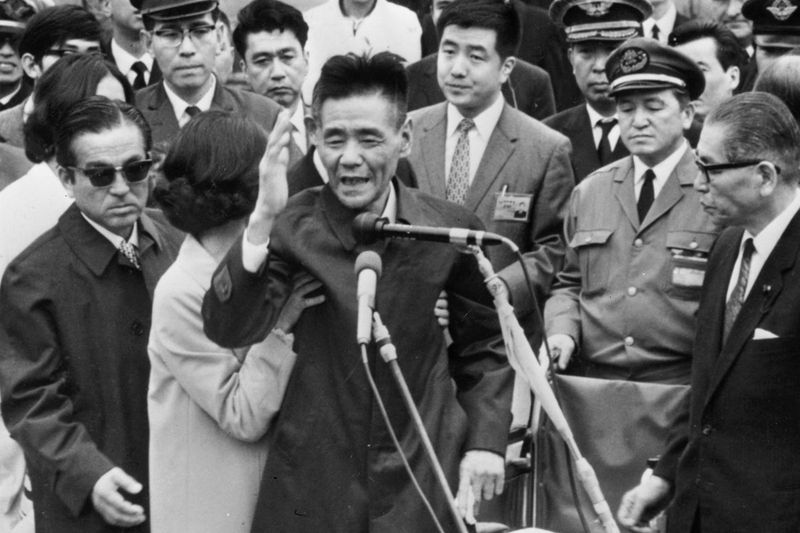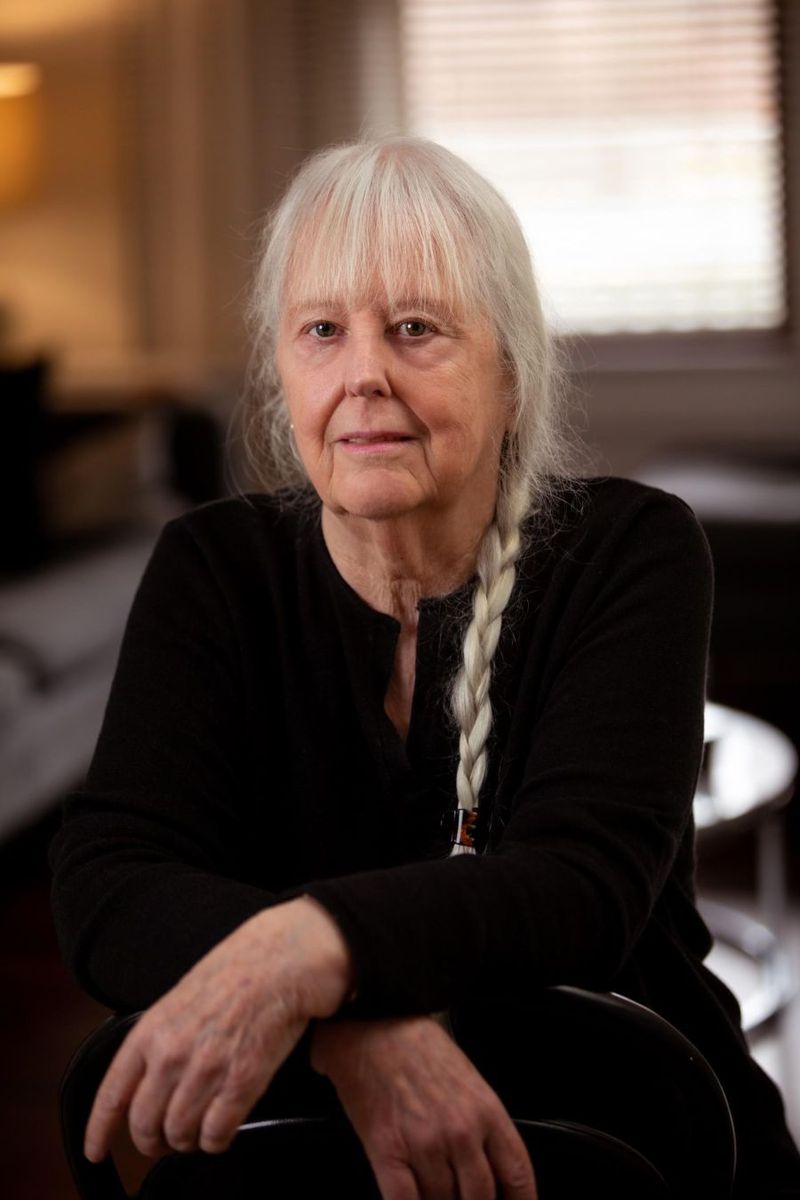Age is just a number when it comes to learning something new. Throughout history, countless legends have proven that your best years might still be ahead of you.
From artists who picked up paintbrushes in their eighties to entrepreneurs who built empires after retirement, these inspiring stories show that it’s never too late to chase your dreams.
1. Grandma Moses Started Painting at 78
Anna Mary Robertson Moses lived as a farmer’s wife for decades before arthritis forced her to find a new hobby. At 78, she traded embroidery for paintbrushes and created her first masterpiece.
Her folk art captured rural American life with such charm that museums across the country displayed her work. By age 80, she had become a household name, proving that artistic talent has no expiration date.
2. Socrates Shared His Greatest Ideas in His 60s
While many philosophers start young, Socrates hit his intellectual stride much later in life. His most famous teachings and dialogues happened when he was well into his sixties.
Walking through Athens, he challenged young minds with questions that still puzzle scholars today. His method of learning through questioning became the foundation of Western philosophy, all developed during what many consider retirement years.
3. Leonardo da Vinci Mastered Anatomy After 40
Already famous for painting the Mona Lisa, Leonardo decided he wasn’t done learning. In his forties, he secretly studied human bodies to understand how muscles and bones worked together.
His detailed anatomical drawings were centuries ahead of medical textbooks. While others his age were settling into comfortable routines, Leonardo was literally dissecting the mysteries of human life and pioneering new fields of study.
4. Colonel Sanders Built KFC at 65
Harland Sanders was collecting Social Security when most people told him to slow down. Instead, he loaded his car with pressure cookers and hit the road to sell his secret chicken recipe.
Restaurant after restaurant rejected his idea until finally, one said yes. That single recipe became Kentucky Fried Chicken, a global empire worth billions. His white suit and friendly smile proved that entrepreneurship has no age limit.
5. Benjamin Franklin Learned French in His 70s
Most people struggle with new languages in their twenties, but Franklin tackled French at 70. As America’s ambassador to France, he needed to charm kings and negotiate treaties.
Rather than rely on translators, he spent hours each day mastering pronunciation and grammar. His fluent French helped secure crucial support during the Revolutionary War. Franklin proved that diplomatic success requires lifelong learning, regardless of age.
6. Plato Founded His Academy Around Age 50
After traveling the world and learning from various teachers, Plato finally felt ready to start his own school. At 50, he established the Academy in Athens, which became history’s most influential educational institution.
Students came from across the Mediterranean to study mathematics, philosophy, and science. His school operated for nearly 900 years, showing that sometimes your greatest contribution comes after decades of preparation and experience.
7. Laura Ingalls Wilder Published Her First Book at 65
For decades, Laura kept detailed diaries about frontier life but never imagined becoming an author. At 65, her daughter encouraged her to turn those memories into children’s books.
The Little House series became beloved worldwide, introducing millions of kids to pioneer adventures. Her vivid storytelling captured a vanishing way of life. Laura discovered that a lifetime of experiences makes the richest material for storytelling.
8. Galileo Revolutionized Astronomy at 46
When Galileo heard about a new Dutch invention called a telescope, he immediately built a better version. At 46, he pointed it toward the sky and changed our understanding of the universe forever.
His discoveries of Jupiter’s moons and Saturn’s rings challenged everything people believed about space. Church leaders condemned his findings, but Galileo continued learning and teaching until his final days, proving curiosity never ages.
9. Peter Mark Roget Created the Thesaurus at 73
After retiring from his medical career, Roget found himself with time to pursue a lifelong hobby: collecting lists of related words. What started as personal notes became the world’s first thesaurus.
Published when he was 73, his reference book helped writers find exactly the right words for their ideas. Every student and author since has benefited from his retirement project, showing how personal interests can become lasting legacies.
10. Nelson Mandela Earned His Law Degree in Prison
Twenty-seven years behind bars could have broken anyone’s spirit, but Mandela used the time to complete his law studies. He turned his cell into a classroom and his fellow prisoners into study partners.
When he finally walked free, he was legally prepared to negotiate South Africa’s transition to democracy. His prison education helped him become one of history’s greatest leaders, proving that learning can happen anywhere.
11. Cato the Elder Mastered Greek at 80
Most Roman senators looked down on Greek culture, but Cato decided to understand his enemies better. At 80 years old, he began studying the language of Greece with the dedication of a young student.
His friends thought he was crazy, but Cato believed learning kept his mind sharp. He spent his final years reading Greek philosophy and poetry, proving that intellectual curiosity can flourish even in advanced age.
12. Fauja Singh Started Marathon Running at 89
When depression struck after his wife’s death, Fauja laced up running shoes for the first time at age 89. His family thought he’d lost his mind, but running gave him new purpose.
By 100, he had completed multiple marathons and held several world records. His smiling face at finish lines inspired millions to reconsider what’s possible in later life. Fauja proved that athletic dreams have no expiration date.
13. Harry Bernstein Published His First Book at 96
For decades, publishers rejected Harry’s manuscripts with form letters. At 96, when most people have given up on dreams, he finally found success with “The Invisible Wall.”
His memoir about growing up in England became a bestseller, leading to three more books before his death at 101. Harry’s late-blooming literary career showed that persistence and good stories can overcome any obstacle, including age.
14. Mary Delany Invented Paper Art at 72
Widowed and bored with traditional hobbies, Mary began cutting intricate flowers from colored paper. Her detailed botanical “mosaicks” were so realistic that scientists used them for plant identification.
Working with tiny scissors and hundreds of paper pieces, she created nearly 1,000 artworks before her death. The British Museum still displays her revolutionary paper sculptures, proving that innovation can bloom at any age.
15. Frank McCourt Became a Bestselling Author at 66
After 30 years of teaching high school English, Frank finally wrote his own story. “Angela’s Ashes” captured his difficult Irish childhood with humor and heartbreak that resonated worldwide.
The memoir won a Pulitzer Prize and became an international sensation. Frank’s late entry into professional writing proved that sometimes you need to live a full life before you have the best stories to tell.
16. Teiichi Igarashi Climbed Mount Fuji at 100
When doctors told him to take it easy, Teiichi decided to climb Japan’s highest mountain instead. At 100 years old, he slowly but steadily made his way up Mount Fuji’s challenging slopes.
His successful summit attempt made international headlines and inspired elderly people worldwide. Teiichi’s mountain adventure proved that age is often just a mental barrier, and physical challenges can be conquered with determination and patience.
17. Immanuel Kant Published His Masterpiece at 57
For years, Kant was just another philosophy professor in a small German town. Then at 57, he published “Critique of Pure Reason,” which revolutionized how people think about knowledge and reality.
His complex ideas about space, time, and human understanding changed philosophy forever. Kant’s late-career breakthrough showed that some insights only come after decades of careful thought and reflection, making patience a virtue in intellectual pursuits.
18. Maggie Kuhn Became an Activist at 65
Forced retirement made Maggie angry, so she channeled that energy into fighting ageism. At 65, she founded the Gray Panthers, an organization that challenged discrimination against older Americans.
Her activism led to major changes in healthcare, housing, and employment policies. Maggie spent her seventies and eighties protesting, lobbying, and organizing, proving that retirement can be the beginning of your most important work.
19. Yokoi Shoichi Adapted to Modern Life After 28 Years
Hidden in Philippine jungles since World War II, Yokoi emerged in 1972 to find a completely changed world. At 57, he had to learn about televisions, cars, and modern society from scratch.
Rather than feeling overwhelmed, he embraced learning about everything he’d missed. His remarkable adaptation to modern life after decades of isolation showed incredible mental flexibility and proved that humans can adjust to change at any age.
20. Harriet Doerr Won Literary Awards at 74
After raising four children and supporting her husband’s business, Harriet finally had time to write seriously. Her debut novel “Stones for Ibarra” won the American Book Award when she was 74.
Set in Mexico, her beautifully crafted story drew from decades of life experience and observation. Harriet’s late literary success proved that sometimes the best art comes from those who’ve lived fully before picking up their pen.
